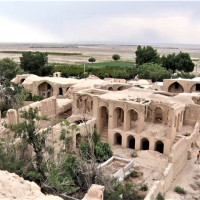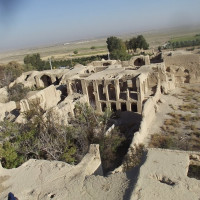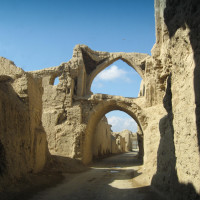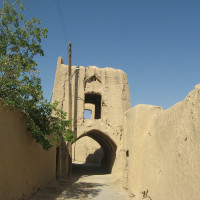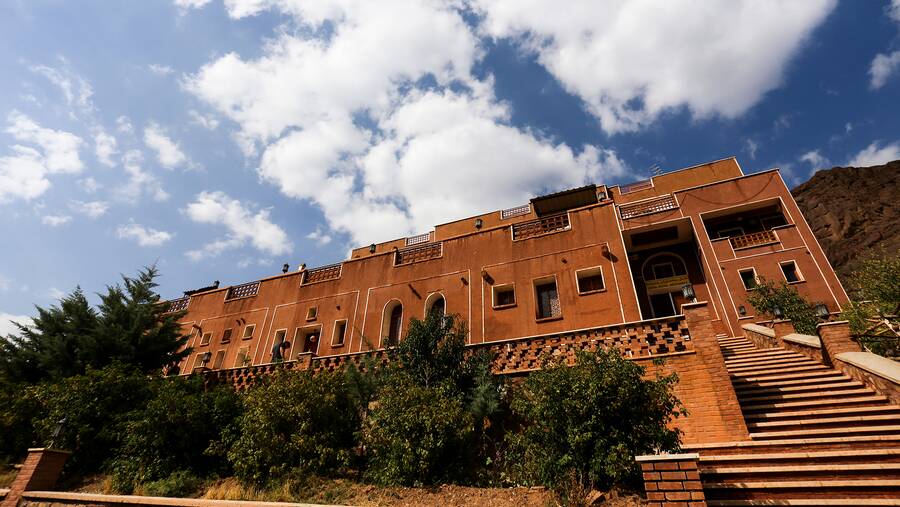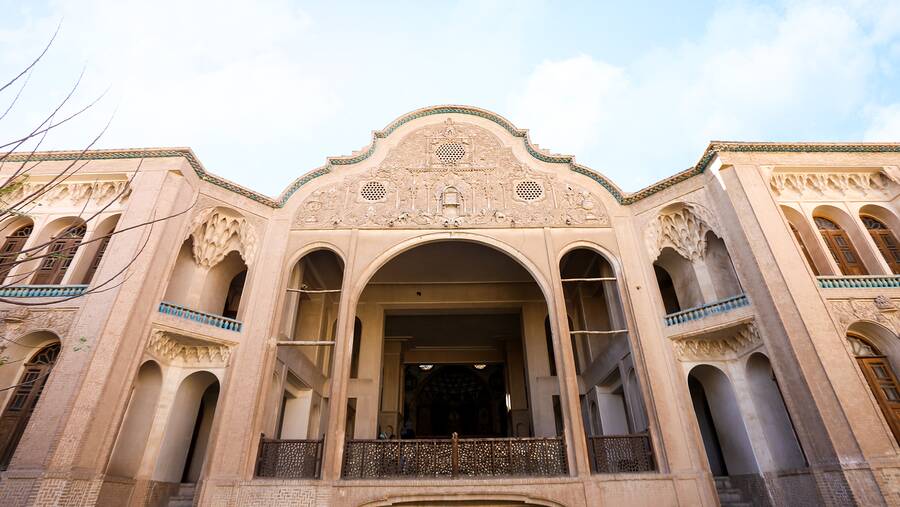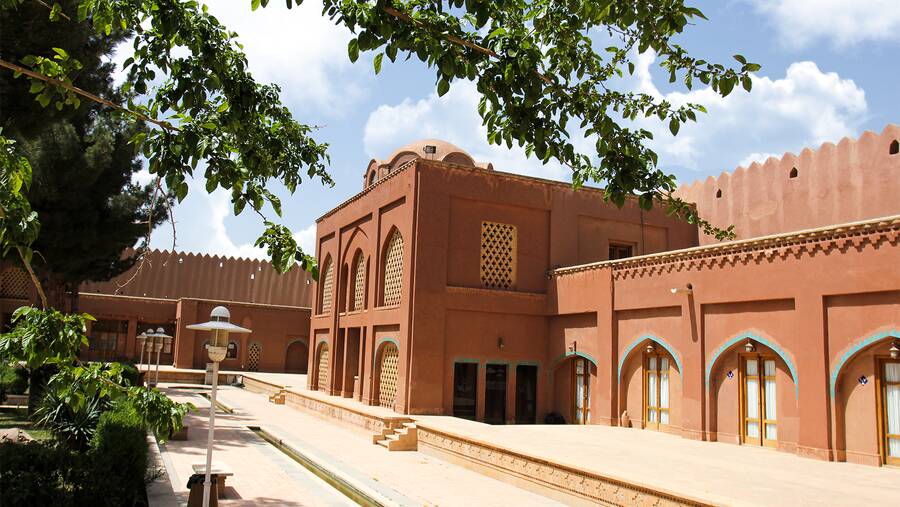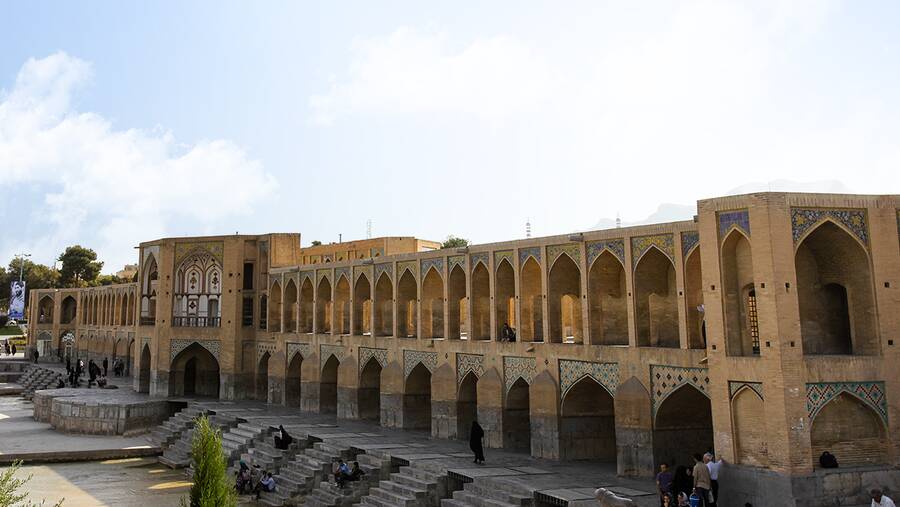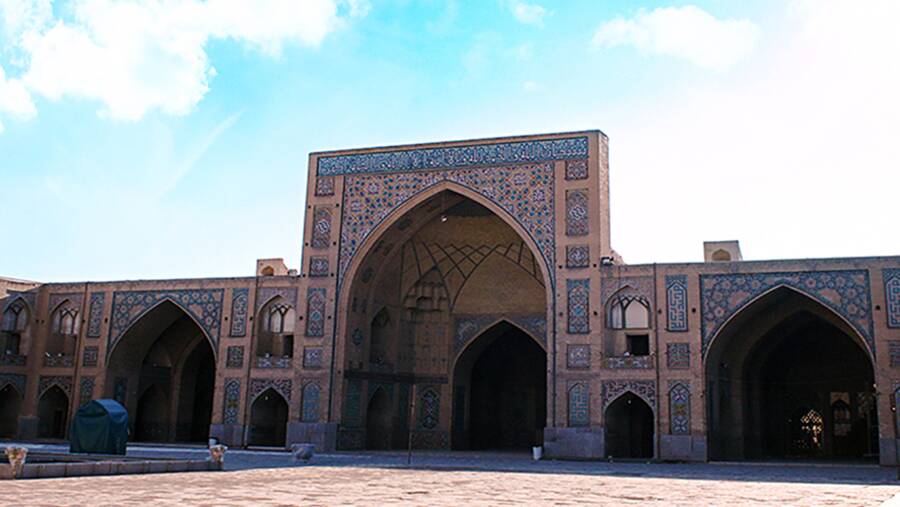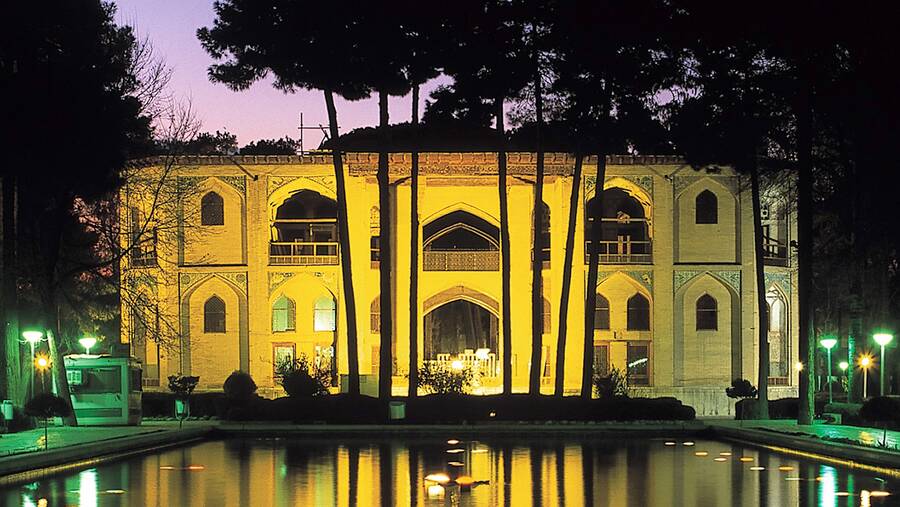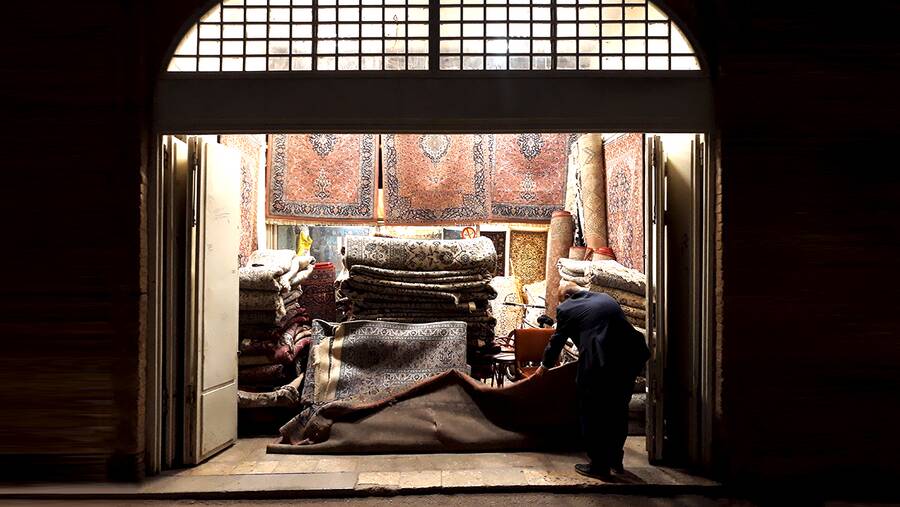Qarneh is a small village located 45 kilometers southeast of Isfahan inside the Protected Area (National Park) of Kolah Qazi.
Due to the location of Qarneh mountain in the west of the village, its weather is more humid and cooler than the nearby villages. It is the last village in Southern BaraAn rural district and considered to be the entrance gate of Jarqouyeh.
Qarneh mountain is placed next to the village which is the highest mountain in the region and a part of Kolah Qazi mountain ranges. It is stated that the village had been one of the piers of the vast middle sea of Iran during ancient era. Qarneh used to have several famous qanats and a lot of fertile fields. The main crops here include cotton, wheat, barley and beetroot and the royal poppy for the court was supplied by this village before the Islamic revolution. After this incident, qanats were gradually dry and people immigrated to other places.
Until very recently, the village was still prosperous. Buildings were made of adobe and clay, still standing against the passage of time. The main occupation of people in this village is now agriculture, dairy husbandry and employment in administrative and industrial unites nearby.
As a lord settlement, the village has several lord houses. The castle includes lord houses decorated in delicate wall paintings, muqarnas, seven-color tileworks, stucco, mirrorwork and brick facades.
The large cistern of this village is similar to a seasonal lake which used to be full of water in the past, supplied by qanats and floods. In addition to green space which is now almost dried, each yard includes water wells, pool, Dastak and fountain. There are other places such as stable, kitchen, guest houses and even hideaways for protecting against bandits which were constructed as required. Although it dates back to two to five thousand years before the advent of Islam, it is now titled as the Architectural-Rural Desert Museum of Iran due to its delicate application of adobe, clay and straw in its buildings.
Historical Attractions of this village: remains of castle, the huge lake-like ditch, a building named Dezh Kuh, ancient qanats.
The main monument in this village is the huge lord house composed of several yards and its related constructions belonged to Safavid, Zand and Qajar periods. The owner of house used to be Farahi family but it is now abandoned however, decorations like “mirrorwork alcove, grape-garden yard, pomegranate-garden yard, Panj-Dari room, kitchen, fortifications, entrance gate, Hashti and Sabat, stone pool, etc.” are still remained. The rest of historical monuments in the region is almost Safavid and Qajar structures. The remains of three water mills, underground icehouse, hossainieh, mosque, bathhouse, charcoal kiln, several houses, towers, stronghold and cemetery are still visible in the village.
متن فارسی دوبار تکرار شده بود
